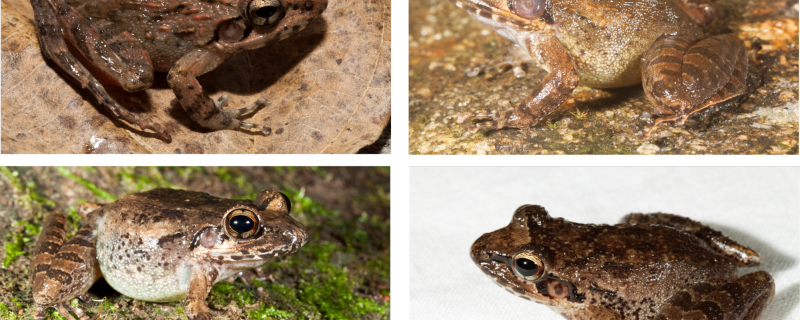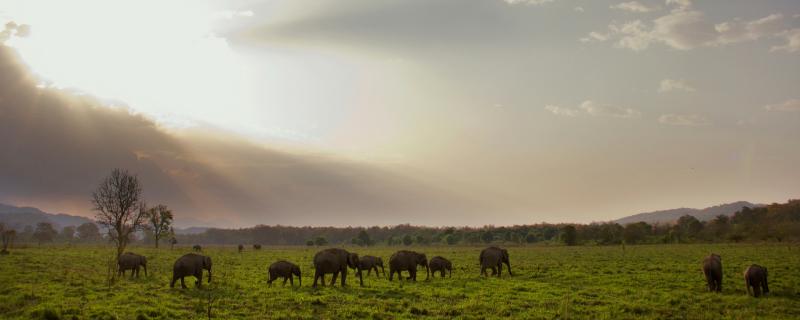Some cryptic species of frogs in the Western Ghats (Left Top: Indirana semipalamata (Image credits: Saunak Pal), Left-Bottom: Indirana beddomii (Image Credits: Saunak Pal), Right-Top:
A new review reveals that rising global temperatures, increased pollution, and extreme weather events are driving a global surge in eye diseases, disproportionately affecting vulnerable communities and challenging healthcare systems.
Roorkee/


![A rhesus macaque from Andhra Pradesh [Image Credits: J.M.Garg] Do differing opinions affect the management of human-animal conflicts?](/sites/researchmatters/files/styles/large_front_800x320/public/monkey29jul.jpg?itok=HcbxlVI8)
![The Naga Hills Horned Frog (Megophrys awuh), one of the new species discovered. [Image credits: Systematics Lab, DU] Three new species of horned frogs discovered from the forests of Northeast India](/sites/researchmatters/files/styles/large_front_800x320/public/hornedfrog.jpg?itok=XuiC2Ed1)

![Zebrafish (Danio rerio) Image credits [By Azul - Own work, Copyrighted free use, https://commons.wikimedia.org/w/index.php?curid=260841] Study shows zebrafish use visual cues to find food in turbid water](/sites/researchmatters/files/styles/large_front_800x320/public/zebrafish.jpg?itok=YeFxEM_0)



